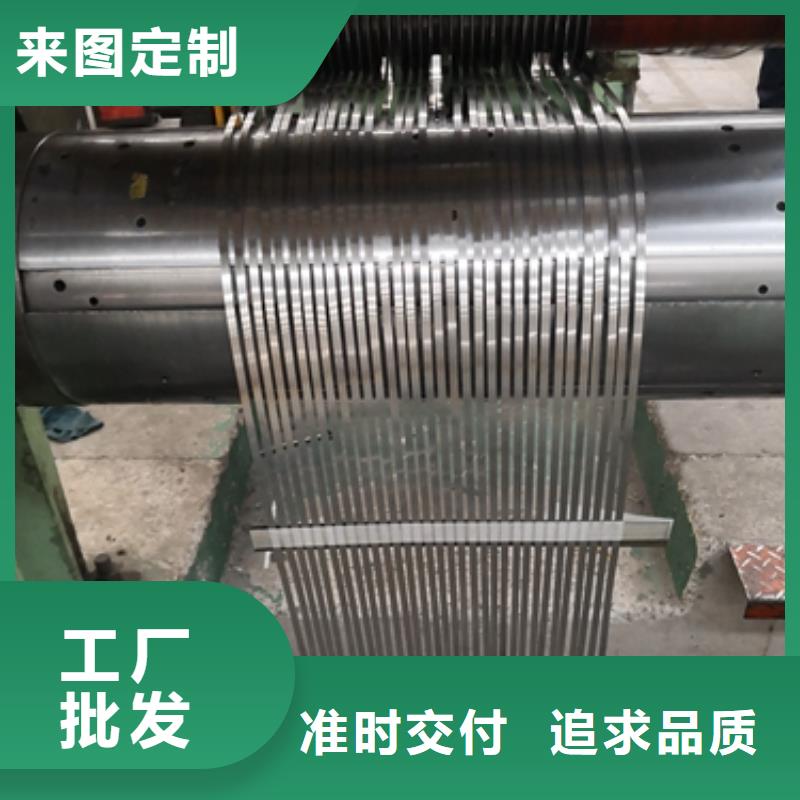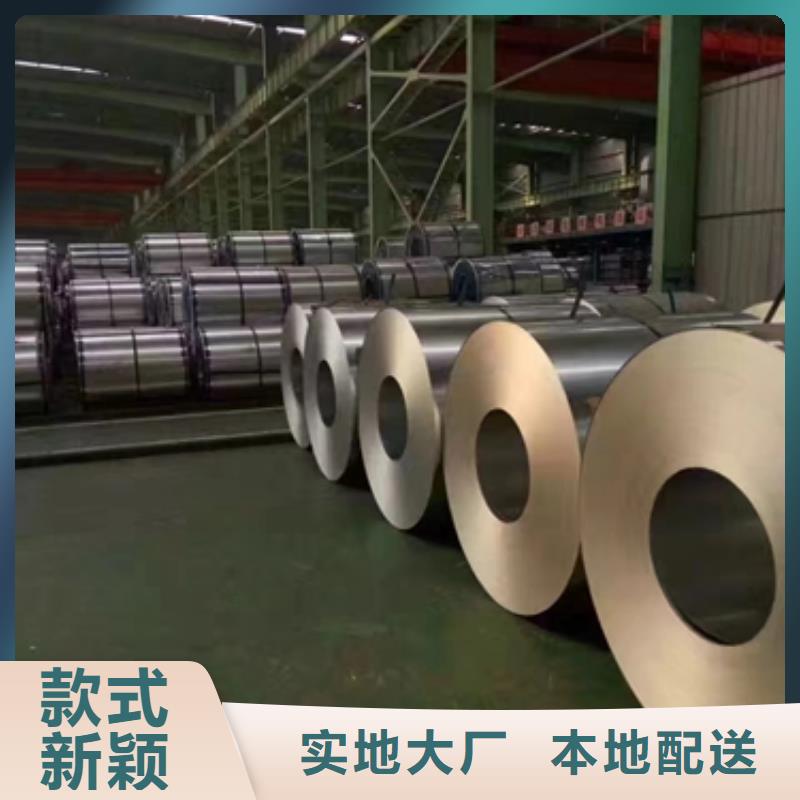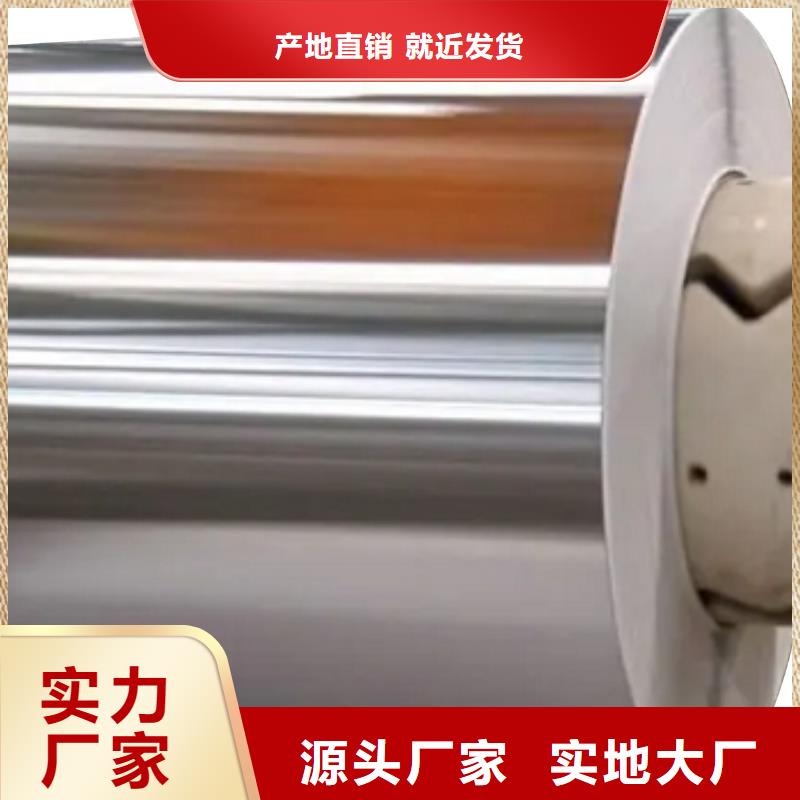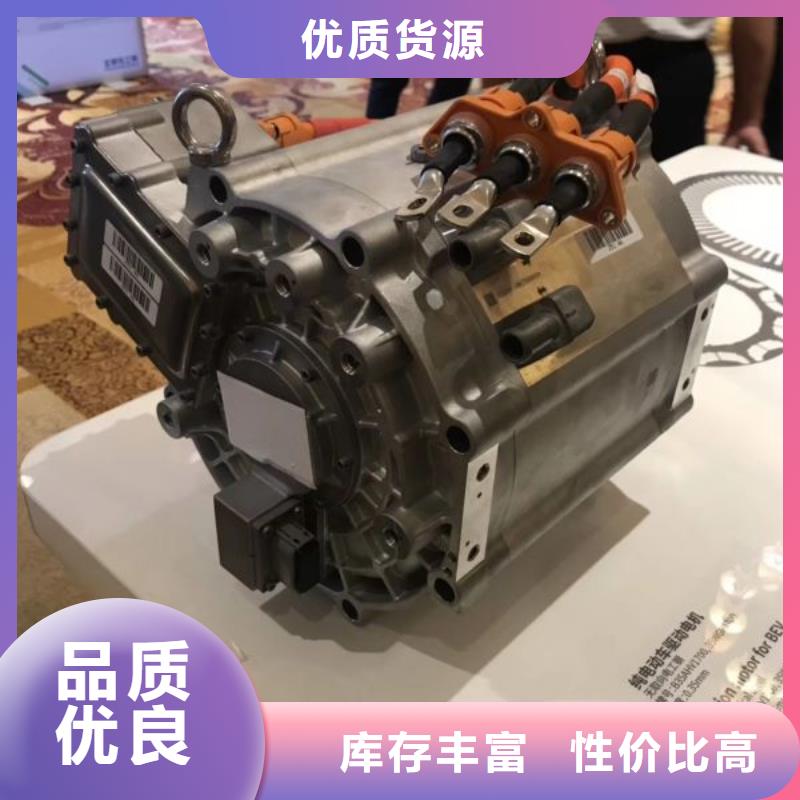我们的50WH470加工尺寸直销价格视频将带您走进产品的生产线,让您亲眼见证产品的每一个制作环节和工艺细节。
以下是:50WH470加工尺寸直销价格的图文介绍
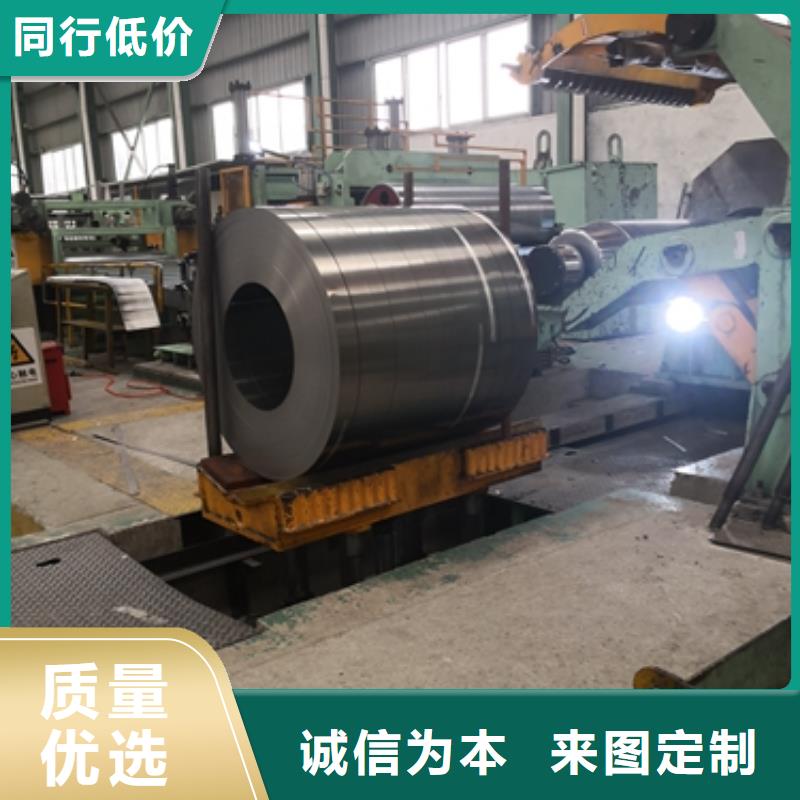

电工钢硅钢片:磁性能7.1.1 在 6.3 条件下提供的冷轧取向电工钢的特性应符合表 3、甘肃白银表 4、甘肃白银表 5、甘肃白银表 6、甘肃白银表 7、甘肃白银表 8 和表 9的规定,时效试样也应满足这些特性。对带有涂层的产品,绝缘涂层的质量应被计算在内。7.1.2 表 3、甘肃白银表 4 和表 6 中的普通型、甘肃白银高磁极化强度型、甘肃白银耐热刻痕磁畴细化型产品的磁性能应该按 GB/T3655 测试,在测试前,试样应在制造方提供的条件下进行应力退火(通常应力退火温度的范围为 800℃±20℃,退火时间为 2h,退火后随炉冷却);但表 5 中的非耐热磁畴细化法(如激光刻痕)生产的产品磁性能应按照 GB/T 13789 测试,试样在测试前不需要进行应力退火。经供需双方协商,表 3、甘肃白银表 4 和表 6 中产品的磁性能也可按照 GB/T 13789 测试。7.1.3 表 7、甘肃白银表 8 和表 9 中各系列产品的磁性能检测方法,按产品类型对照本文件第 7.1.2 条款的规定执行。7.1.4 在磁场强度 H = 800 A/m 条件下测试所得的磁极化强度 J800应符合表 3、甘肃白银表 4、甘肃白银表 5、甘肃白银表 6、甘肃白银表 7、甘肃白银表 8 和表 9 的规定,其中,同一产品按 GB/T 13789 方法所测得的磁极化强度值 J800比 GB/T 3655 方法所测得的磁极化强度值偏低。7.1.5 同一产品在磁极化强度 1.7T、甘肃白银同城频率 50Hz 或 60Hz 条件下,按 GB/T 13789 方法所测得的 50Hz 和60Hz 条件下比总损耗值,参照 IEC 6040-8-7 Edition 5.0 2020-09 中规定的转换系数 Fc=0.925 进行转换,转换后的 P1.7/50和 P1.7/60应符合表 3、甘肃白银同城表 4、甘肃白银同城表 5、甘肃白银同城表 6、甘肃白银同城表 7、甘肃白银同城表 8 和表 9 的规定
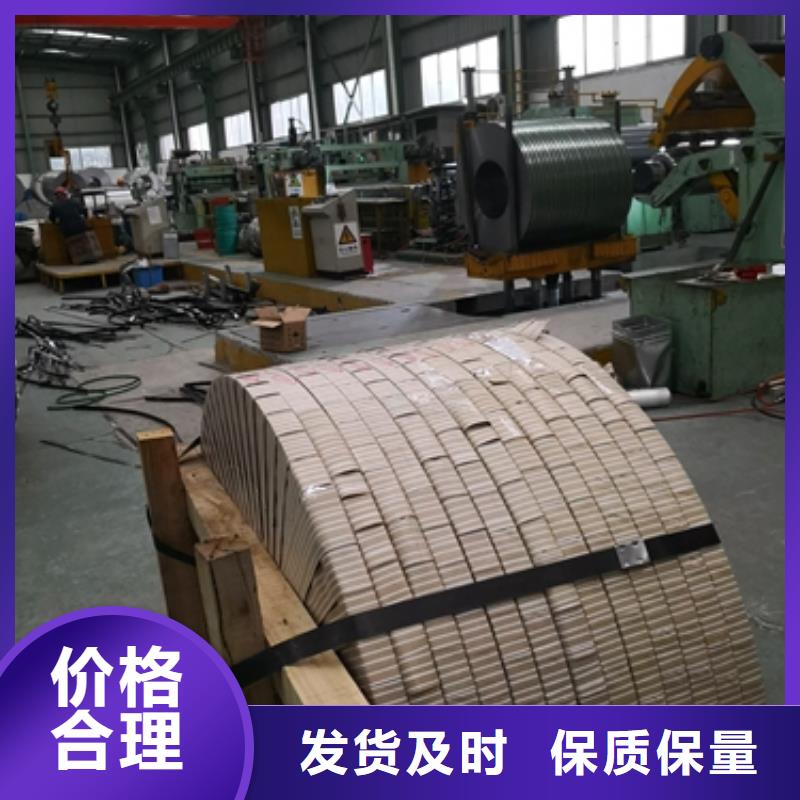
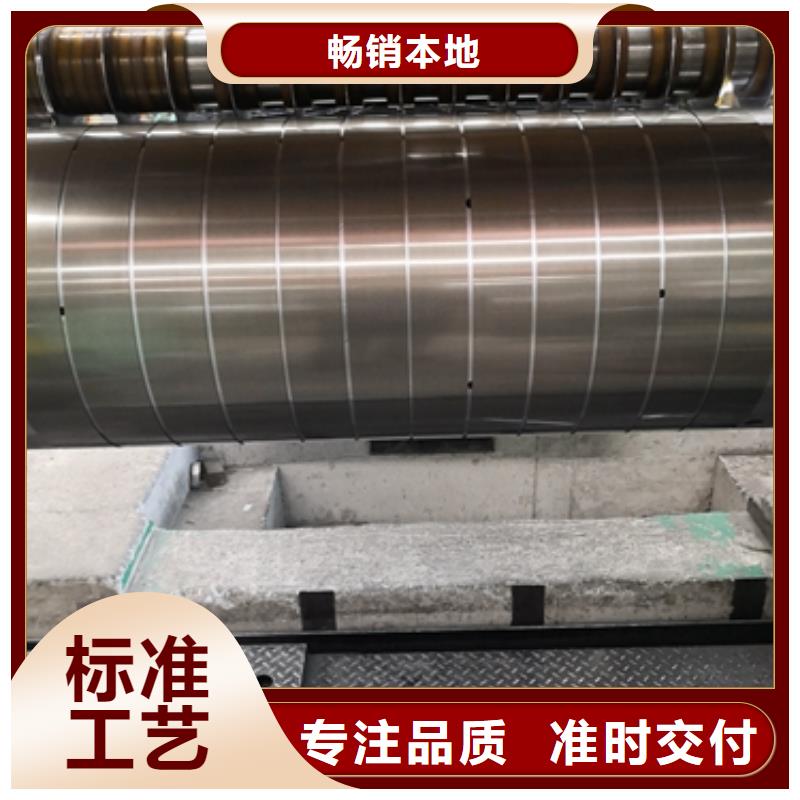
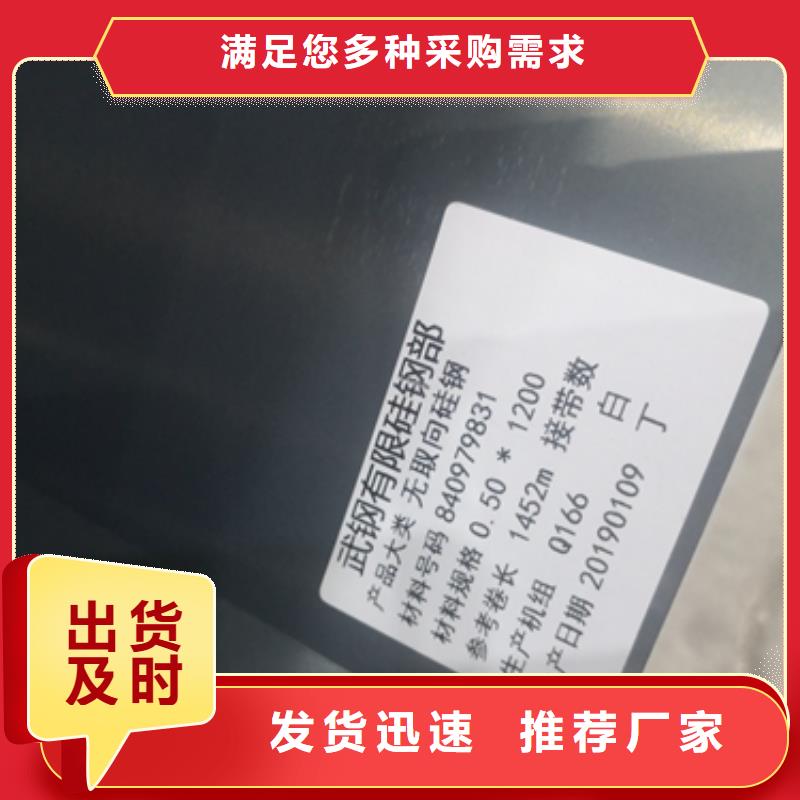
鹿程国际贸易有限公司经过近几年来的业务发展,本公司已具备 甘肃白银汽车大梁钢类行业的实用技术,完善的服务体系,开拓出国内的广大应用市,服务于全国。
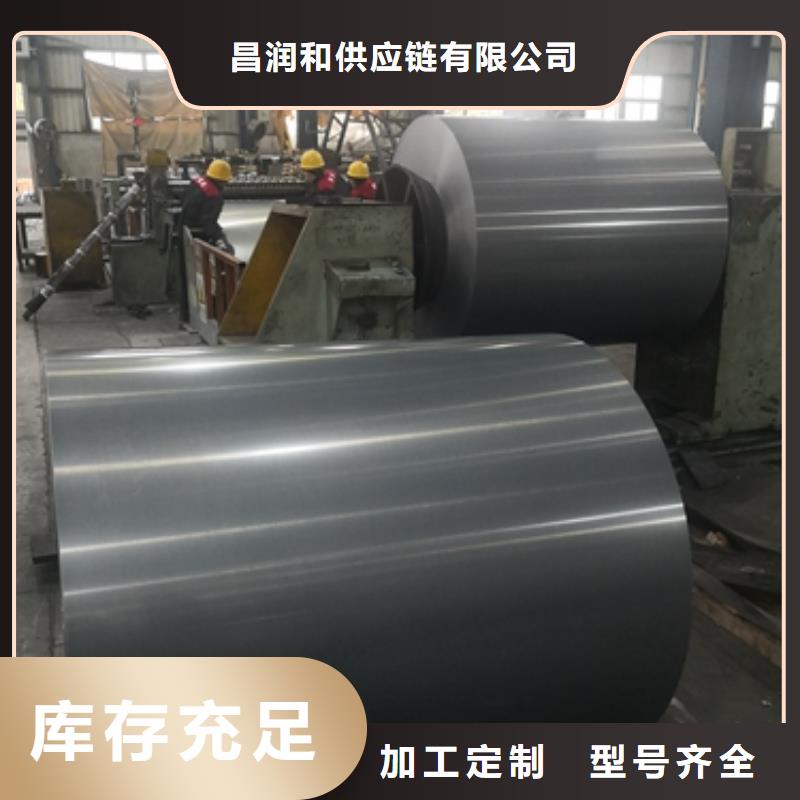
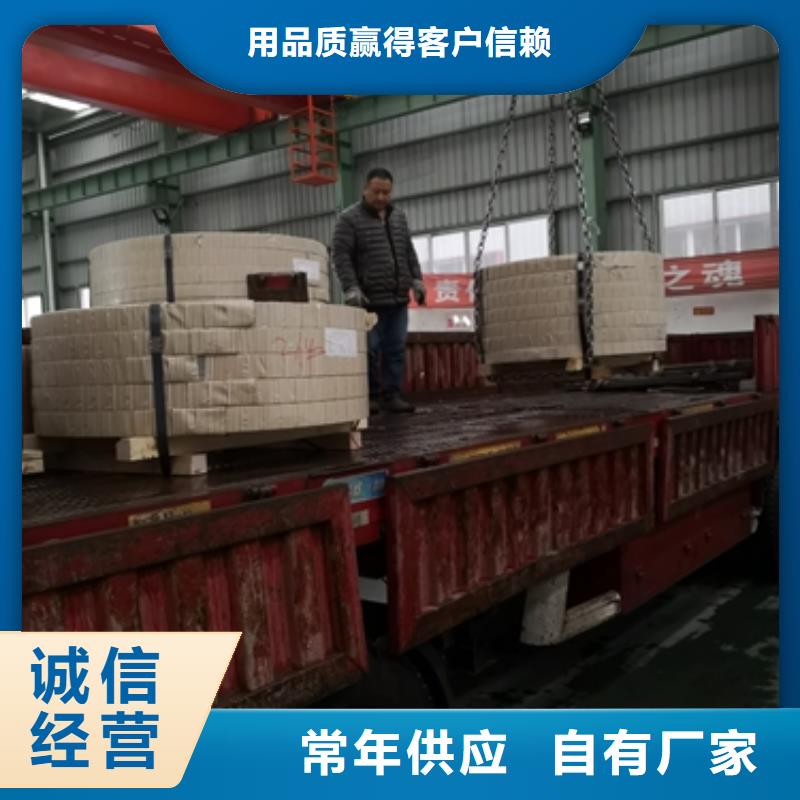
电工钢硅钢片:用 25cm 爱泼斯坦方圈测量时,参照检测方法 GB/T 3655(IEC 60404-2,IDT),一副试样由不少于24 片的样片组成。试样的长度方向应沿平行于产品轧制方向切取,试样长度方向与产品轧制方向的偏离角度应在±1 以内,试样应尽可能覆盖产品的全板宽范围。试样应的取样方法、甘肃白银附近尺寸及允许偏差应符合 GB/T 3655 的规定。测试前,试样应在制造方提供的条件下进行应力退火处理。测试产品时效试样的 比总损耗时,时效试样应在 225℃±5℃温度中持续保温 24h,然后空冷到环境温度。8.5.2 单片法(SST)测量用单片测试仪测量时,试样的取样方法、甘肃白银附近尺寸及允许偏差应符合 GB/T 13789(IEC 60404-3,IDT))的规定。为保证磁性测试结果对带钢磁性能的代表性,裁剪大单片试样时,试样沿纵向的中心线位置与产品宽度方向中心位置偏移量应≤50mm,试样纵向与样板轧制方向的偏离角度应在±1 以内。单片法测量的试样不需要应力退火处理,也不允许进行时效测试。
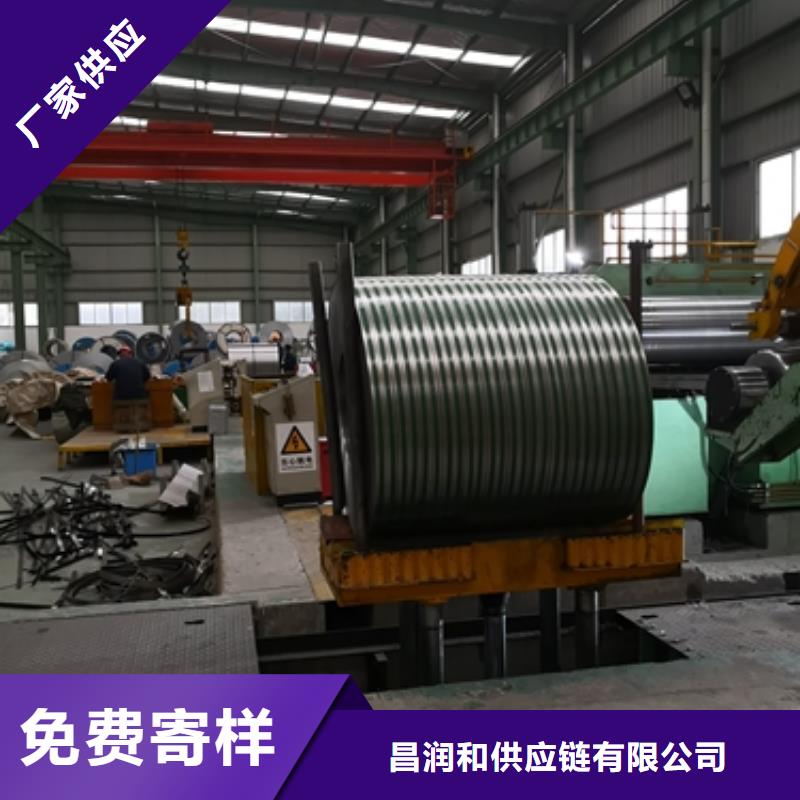
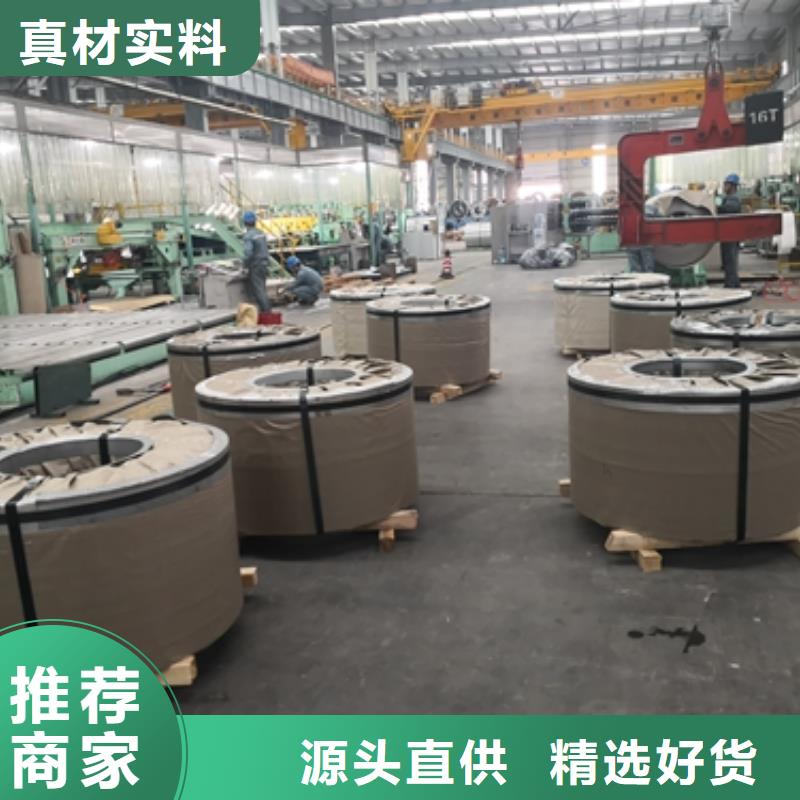
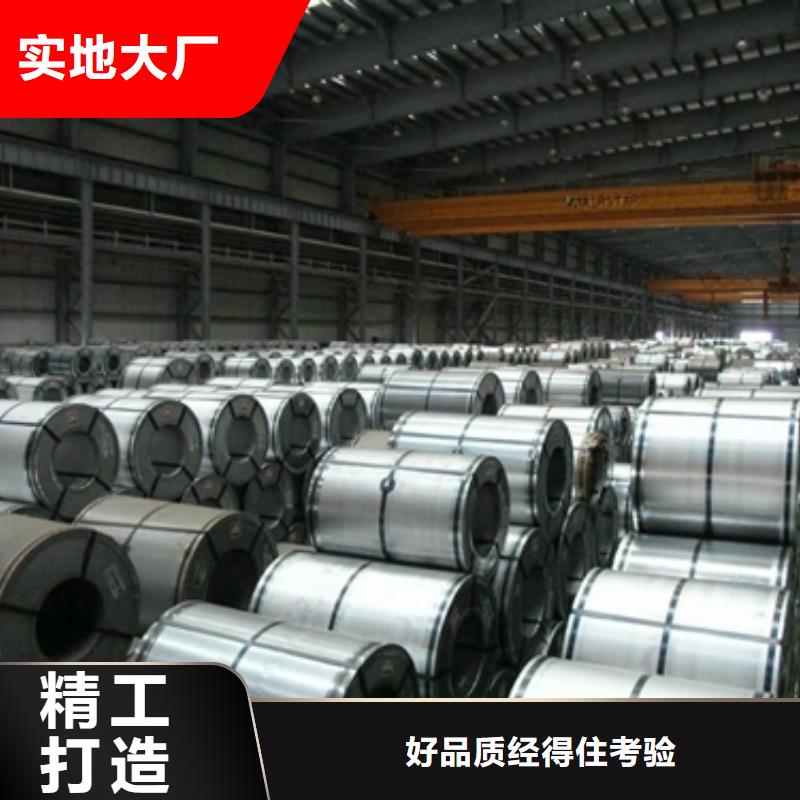
电工钢硅钢片Electrical steel, also known as silicon steel sheet, is an indispensable metal material in the power, electronics, and military industries, and is also the largest functional material in production. It is mainly used as the iron core for various motors, generators, and transformers. Since it is a functional material, its performance testing also revolves around "function". These indicators are often mentioned in trade and processing processes, and a brief understanding can help everyone better carry out their work. The performance testing of electrical steel mainly includes the following aspects: magnetic inspection, stacking coefficient inspection, coating adhesion inspection, repeated bending inspection, size and shape surface inspection, and conventional mechanical property inspection. In addition to the types of products listed above, there are also some special purpose electrical steel plates, such as 0.15 and 0.20mm thick 3% Si cold-rolled non oriented silicon steel strips and 0.025, 0.05, and 0.1mm thick 3% Si cold-rolled oriented silicon steel strips, which are used as intermediate and intermediate grade High frequency motors and transformers, as well as pulse transformers, etc; 0.7mm thick 3% Si high-strength cold-rolled non oriented silicon steel plate for relays and power switches; High strength cold-rolled electrical steel plate for new high-speed motor rotors; Low carbon electrical steel hot-rolled thick and cold-rolled plates for magnetic shielding and high-energy accelerator electromagnets such as medical magnetic resonance tomography scanners; 4.5% to 6.5% Si high silicon steel plates for high-frequency motors, transformers, and magnetic shielding.
Generally, motors, transformers, and other electrical components are required to have high efficiency, low power consumption, small size, and light weight. Electrical steel plates are usually guaranteed to have magnetic properties based on core loss and magnetic induction strength. Magnetic induction strength is the number of magnetic lines passing through a unit cross-sectional area of the iron core, also known as magnetic flux density. It represents the material‘s magnetization ability, measured in T. The magnetic induction strength of electrical steel plates is high, and the excitation current (also known as no-load current) of the iron core is reduced. Copper and iron losses are also reduced, which can save electrical energy. When the power of the motor and transformer remains constant, the magnetic induction intensity is high, and the design Bm can be increased. The cross-sectional area of the iron core can be reduced, which reduces the volume and weight of the iron core, and saves the amount of electrical steel plates, wires, insulation materials, and structural materials used. This can reduce the total loss and manufacturing cost of the motor and transformer, and is beneficial for the manufacturing, installation, and transportation of large transformers and motors. The main requirements for the performance of silicon steel are:
1. Low iron loss is the most important indicator of the quality of silicon steel sheets. Various countries classify grades based on iron loss values, with the lower the iron loss, the higher the grade.
2. Under strong magnetic fields, the magnetic induction intensity (magnetic induction) is high, which reduces the volume and weight of the iron core of the motor and transformer, saving silicon steel sheets, copper wires, and insulation materials.
3. The surface is smooth, flat, and the thickness is uniform, which can improve the filling coefficient of the iron core.
4. Good lamination performance is more important for manufacturing micro and small electric motors.
5. The adhesion and weldability of the surface insulation film are good, which can prevent corrosion and improve the punching performan

 ag03.com
ag03.com
